- Unpack the flower bulbs straight away on arrival and check the quality.
- Keep the bulbs in a cool (no warmer than 17°C), dry and dark place and ensure adequate ventilation until the time of planting.
- Plant your flower bulbs and tubers as soon as possible after delivery.
- Plant summer flowering bulbs and tubers AFTER the last frost date in your area.
- Quality bulbs and well drained soil are the two most important ingredients to successful flowering bulbs, tubers, corms and perennials.
- Summer bulbs require a great deal of water immediately after planting. The soil in your garden should be continually moist.
- Sprouting is healthy; plants are anxious to get into the ground again.
- Maintain a pH level of 6 to 7 to bring out the true color of flower bulbs.
- Additional fertilizer is not necessary for flower bulbs and tubers.
- Many flower bulbs and tubers are well suited for patio containers and should be planted closer for a full look.
- A variety of flower bulbs make great cut flowers. Some of the taller varieties may require staking.
- You may need to lift your summer flowering bulbs and tubers in the Fall and replant next Spring. Shake off any soil and air dry for several days before storing in a cool, dry, well ventilated location. Do not store in plastic; plants need to breathe.
Professional Facts & Tips
Plant the bulbs at the right time
For example Tulips, Narcissi and Daffoldils, Hyacinths, Muscari, Cocuses and many more.
These bulbs need a cold period to be able to flower: they can be planted from September to December (depending on temperature).
For exmaple Dahlias, Gladioli, Lilies, Anemones, Calla lilies, Begonias, Perennials and many more.
These bulbs are usually planted in April or May. Important is that the bulbs will be planted after the last frost date in your area. The ideal soil temperature for summer flowering bulbs, tubers and rootstocks is approx 13 degrees.
Flower bulbs planting depth and spacing
Exceptions are begonias and dahlias, which have to be planted just under the surface.
Quantity of flower bulbs per m2
It's always good to know how many flower bulbs you can plant in a given spot right now. Planting too densely can sometimes give rise to, or increase the risk of disease, while planting too few can give disappointing results. The number of bulbs required per square metre can vary depending on the desired density and type of bulb. For areas where a full flowering result is desired, the number per square metre can be adjusted. We recommend the following guidelines:
For low-growing species such as Galanthus, Eranthis and Scillas, it is recommended to use 40 bulbs per m².
If you also add taller species such as Muscari, small alliums, crocuses, Hyacinthoides and Fritillaria meleagris, the number can be reduced to 25 bulbs per m².
For medium-height species such as botanical tulips, botanical daffodils and Ornithogalum, a range of 15-25 bulbs per m² is recommended.
For even taller and wider species such as tulips, daffodils, hyacinths and Leucojum aestivum, 12-15 bulbs per m² can be used.
And for the largest species such as large-flowered Alliums, Eremurus, lilies and Camassia, a range of 5 to 10 bulbs per m² is advised.
The exact number of bulbs you need may vary depending on your own taste and the desired look of the planting, ultimately it is mainly a matter of personal preference. So feel free to experiment and find out what works best for your greenery project!














